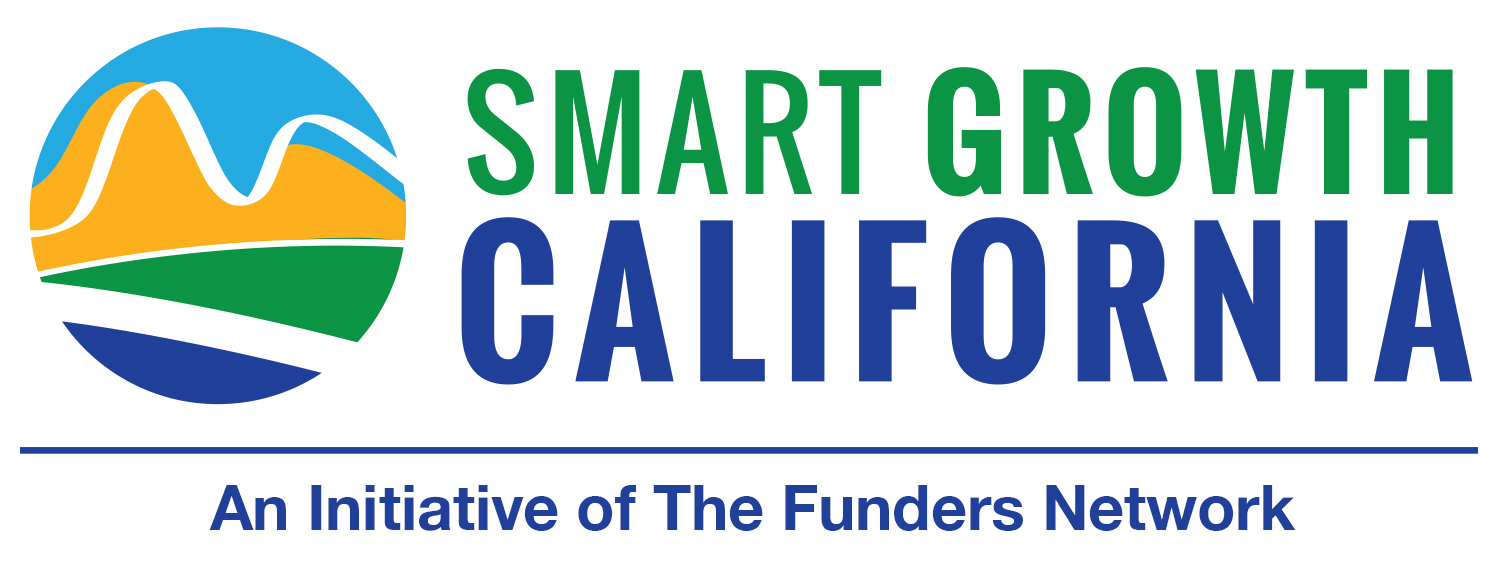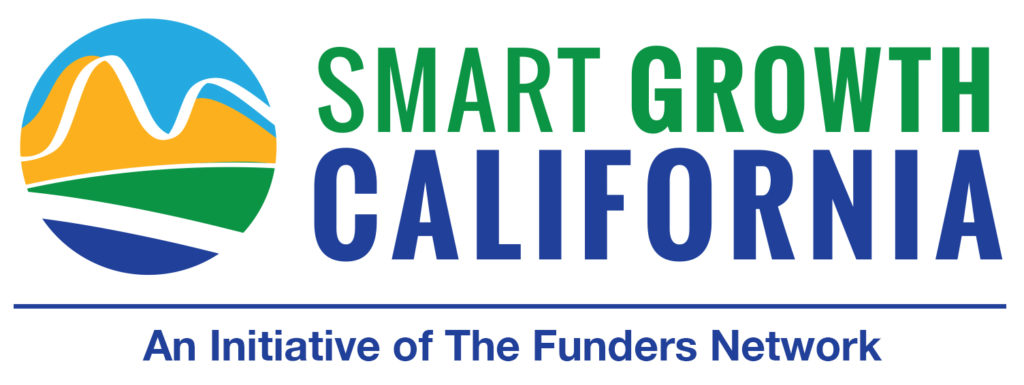After an eye-opening exchange with a fellow passenger about California wildfires, Diana Williams reflects on insights from TFN’s 25th Anniversary Conference, where cultural mindsets like individualism, fatalism, and othering were explored as major barriers to shared understanding and progress. Drawing from sessions led by experts in narrative change, Diana explains how shifting stories—not just facts—can foster empathy, build trust, and inspire action. From highlighting specific solutions over crises to reframing how we describe communities, the session underscored the power of storytelling as infrastructure for long-term change. Dive deeper into Diana’s takeaways and the role of narrative in shifting cultural mindsets in her latest blog post on The Funders Network website.

